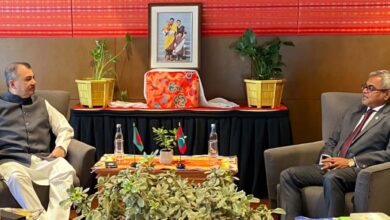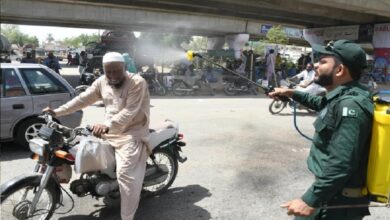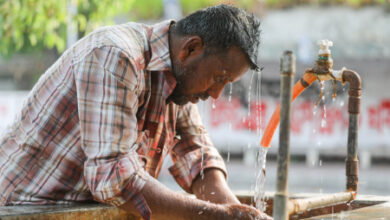Global Heatwaves, Rising Temperatures Threaten More Than 75% South Asian Children, Warns UNICEF
This means that 3 in 4 children in South Asia are already exposed to extremely high temperatures compared to only 1 in 3 children (32%) globally, UNICEF said. In addition, the data also showed that 28% of children across South Asia are exposed to 4.5 or more heatwaves per year, compared to 24% globally.

UNICEF has raised an alarm over the impact of current global heat waves on children, saying that South Asia has the highest percentage of kids exposed to extremely high temperatures.
The frequency and severity of heat waves are expected to increase in the future with climate change, the UN agency said in a report on Monday.
South Asia has the highest percentage of children exposed to extremely high temperatures, and 76% of children under 18 in this region — 460 million — experience 83 or more days in a year where the temperature exceeds 35 degrees Celsius.
This means that 3 in 4 children in South Asia are already exposed to extremely high temperatures compared to only 1 in 3 children (32%) globally, UNICEF said. In addition, the data also showed that 28% of children across South Asia are exposed to 4.5 or more heatwaves per year, compared to 24% globally.
July was the hottest ever month recorded globally, raising further concerns about a future where children, including those living in South Asia, are expected to face more frequent and severe heat waves, largely due to climate change.
“With the world at global boiling, the data clearly show that the lives and well-being of millions of children across South Asia are increasingly threatened by heat waves and high temperatures. Countries in the region are not the hottest in the world right now but the heat here brings life-threatening risks for millions of vulnerable children,” said Sanjay Wijesekera, Unicef Regional Director for South Asia.

“We are particularly concerned about babies, toddlers, malnourished children and pregnant women as they are most vulnerable to heat strokes and other serious effects.”
According to UNICEF’s 2021 Children’s Climate Risk Index, children in Afghanistan, Bangladesh, India, Maldives, and Pakistan are at “extremely high risk” of the impacts of climate change.
Monday’s report stressed that even in the rainy season, the heat can exacerbate the situation for children.
“Since children cannot adapt quickly to temperature changes, they are not able to remove excess heat from their bodies. This can cause symptoms and illnesses such as higher body temperature, rapid heartbeat, cramps, severe headache, confusion, organ failure, dehydration, fainting and coma, in young children; poor mental development in infants; and developmental setbacks such as neurological dysfunction, and cardiovascular diseases.
“Early contractions, hypertension, seizures, high blood pressure, preterm births and stillbirths are risks for pregnant women, who are particularly susceptible to heat,” UNICEF added.




